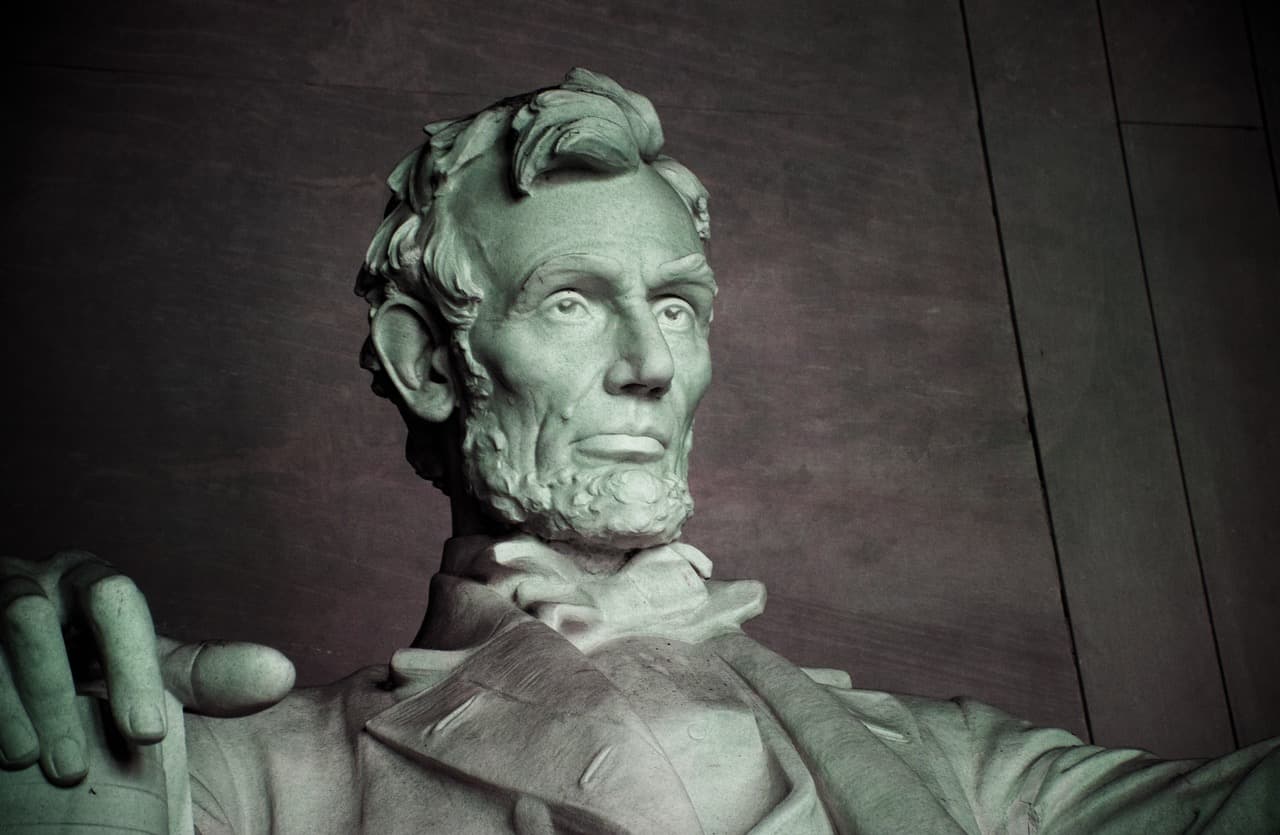
Franklin Roosevelt's Optimism
By Jared Peatman
Published on April 2, 2020
In January 2019, we had the privilege to work with one of our great corporate clients to create a new leadership experience for their folks. With many of our faculty members having just read Doris Kearns Goodwin's then-new Leadership in Turbulent Times and feeling inspired by the fact that the four presidents she profiled had each visited Gettysburg, we created mini case studies on Abraham Lincoln, Theodore Roosevelt, Franklin Roosevelt, and Lyndon Johnson.
In each case study, we tried to reveal the fundamental strategies these men used to navigate through challenging times. Today, as we all struggle with the challenges brought by the coronavirus, the model we offered as a part of the Franklin Roosevelt case study seems particularly appropriate.
Personal Crisis as Training Ground
In both his personal and public life, Franklin Roosevelt was faced with extreme challenges through which he had to guide himself and those around him. In his personal life, Roosevelt contracted polio at the age of 39 and lost the use of his legs. Rather than give in, Roosevelt worked to make himself physically stronger while developing workarounds.
At his home in Hyde Park, he had a manual elevator installed that he could operate with his arms, ensuring that he would be able to escape in the case of a fire even though he could not walk. Unable to explore the world, he brought the world to himself. Between his books, stamps, and maps, the immobile Roosevelt developed a world-class understanding of geography.
Seligman's Model of Optimism
In the 1970s, Martin Seligman developed a model that revolutionized the way we view optimism and pessimism. Seligman discovered that pessimists see adverse events as permanent, pervasive, and personal. Optimists, on the other hand, view negative events as temporary, contained, and external.
That outlook was precisely what helped Roosevelt navigate his personal crisis and would enable him to guide the nation through the Great Depression.
The Three P's:
Pessimists see setbacks as:
- Permanent - "This will never get better"
- Pervasive - "This affects everything in my life"
- Personal - "This is my fault"
Optimists see setbacks as:
- Temporary - "This too shall pass"
- Contained - "This affects one area, not everything"
- External - "This isn't entirely my fault"
Leading a Nation Through Crisis
When he assumed the presidency in 1933, Franklin Roosevelt confronted a financial crisis of such depth that it had grown into a humanitarian crisis. From his very first speech to the nation, Roosevelt, while not dismissing the seriousness of the crisis, set about convincing the people through words and acts that the crisis would not be permanent, was not all-pervasive, and was not their fault.
How had he developed such optimism? As he told one reporter, "If you spent two years in bed trying to wiggle your big toe, anything would seem easy!"
Applying Roosevelt's Optimism Model
Roosevelt's approach offers several practical strategies for leaders facing crisis:
1. Frame Challenges as Temporary
- Acknowledge the current difficulty without declaring it permanent
- Communicate timelines and milestones for improvement
- Focus on "when" things improve, not "if"
2. Contain the Problem
- Identify what IS working well, not just what's broken
- Prevent crisis thinking from spreading to unaffected areas
- Maintain perspective on the scope of the challenge
3. Avoid Destructive Self-Blame
- Focus on solutions rather than fault
- Distinguish between responsibility and blame
- Channel energy toward action, not guilt
4. Build Strength Through Adversity
- Use current challenges as training for future resilience
- Develop workarounds and alternative approaches
- Find ways to grow capabilities even when constrained
Modern Leadership Applications
Roosevelt's optimism wasn't naive positive thinking—it was a strategic approach to maintaining hope and momentum during genuine crisis. For today's leaders, this means:
- Communicating with realistic optimism - Acknowledge difficulties while maintaining confidence in eventual success
- Creating systems and workarounds - Like FDR's manual elevator, find ways to maintain functionality despite constraints
- Using personal challenges as leadership development - Your own experiences with adversity prepare you to guide others
- Bringing the world to you - When you can't go out, find ways to gather information and maintain perspective
The Realist's Optimism
There is an old joke that says the only time a pessimist is an optimist is when they call themselves a realist. But, if we can keep Seligman's criteria in mind, maybe we can all see the world in a little more optimistic light even in a time of darkness.
Roosevelt's example shows us that optimism isn't about denying reality—it's about choosing how we interpret and respond to that reality. In our current challenges, whatever they may be, we can choose to see them as temporary setbacks in contained areas rather than permanent, pervasive personal failures.
As FDR proved both personally and nationally, that choice in perspective can make all the difference in our ability to lead through crisis and emerge stronger on the other side.




